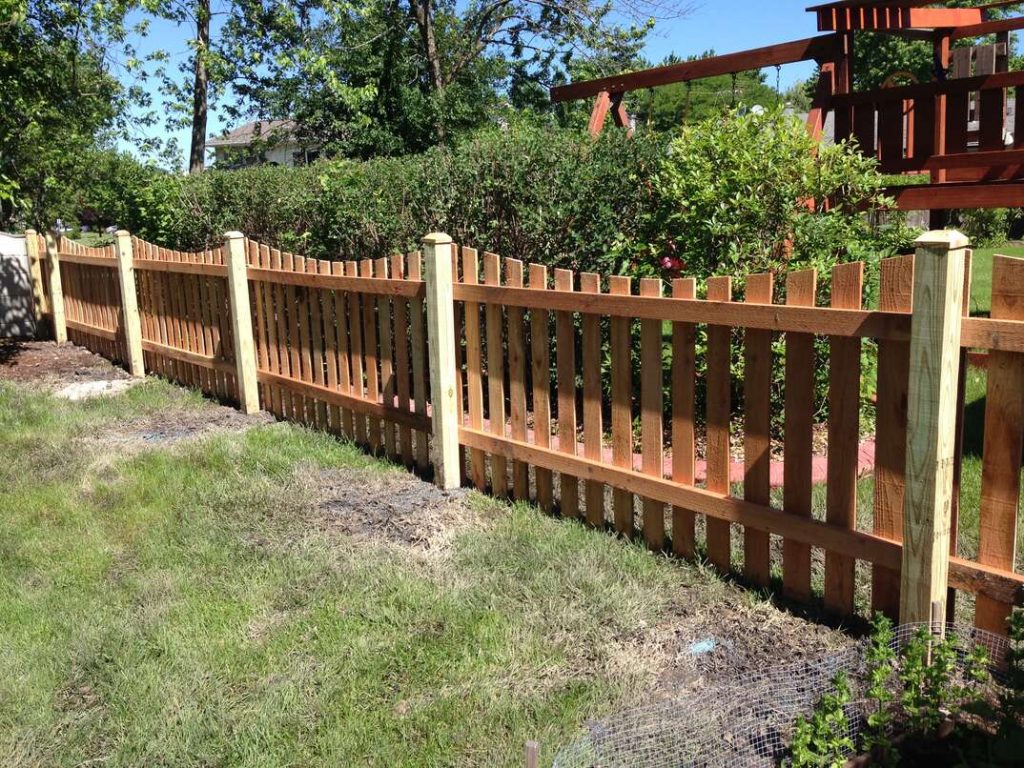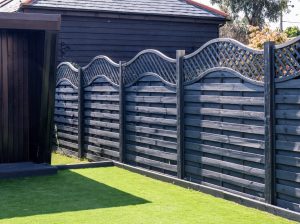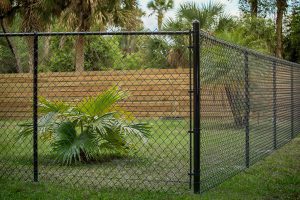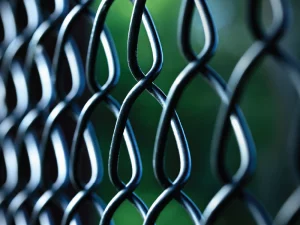Fence posts are a critical component in fencing. They serve as an essential foundation for fencing (pun intended), and the quality can significantly impact the longevity and overall quality of your fencing. So, what is there to know about fence posts? As it turns out, quite a bit!
The topic of fence posts when building a fence shouldn’t be overlooked. The posts that a fence is built on represent an integral component of the fence, and how they’re installed, the materials they’re made from, and whether they’re treated for weather can all significantly impact the fence’s ability to weather time and wear.
So, what does one need to know about fence posts? If you’re curious, read on! We’ll explore everything you need to know — from the materials they’re made of and how they’re installed, to their appearance and configuration. Let’s dive in!
What is a Fence Post?
If you’re familiar with a fence post, feel free to skip down to the next section. However, it’s important to establish exactly what a fence post is before exploring further.
A fence post is the structural component of a fence that essentially helps hold the structure up. Typically, they are vertically placed and can be set through various methods. Fences typically have several evenly spaced posts along the length of the fence.
Fence Post Materials
The material of fence posts is important as it can affect the fence’s quality in many ways. Among these, longevity and durability are key — but fence materials can also impact a fence’s aesthetic appeal. So, what materials might be used in fencing? Let’s explore.
Steel Posts
Steel can be an extremely durable and strong material. Steel’s tensile strength makes it ideal for building structures that carry weight and stress — though steel can be prone to corrosion.
However, the corrosion resistance of steel can vary widely, and there are numerous ways to enhance steel’s ability to resist corrosion. Some alloys, like stainless steel, and coatings with materials like zinc, can be very effective in certain situations. Stainless steel can be expensive for a fence post, but galvanized steel is a good choice for cost and durability.
Aluminum Posts
Aluminum is not as strong as steel, but it has great qualities that make it perfect for stability. First, aluminum is naturally good with corrosion; while aluminum does corrode in the presence of moisture and air, aluminum oxide (the oxidated version of aluminum) itself forms a protective barrier that protects against further corrosion. In addition to this, aluminum is extremely lightweight, especially considering how strong it is. As such, aluminum can be an excellent choice for fence posts.
Wood Posts
Wood is a classic. Plus, wood can be quite strong. It often serves as an optimal solution for fence posts — offering a combination of strength and aesthetic appeal. Wood posts can look particularly fitting along wooden fences, and they can also be used alongside other materials, such as chainlink, creating a lovely contrast. As strong as wood is, it can require replacement every so often — especially if left untreated. However, there are several treatments that can be applied to wood, which render it more durable in the face of weather.
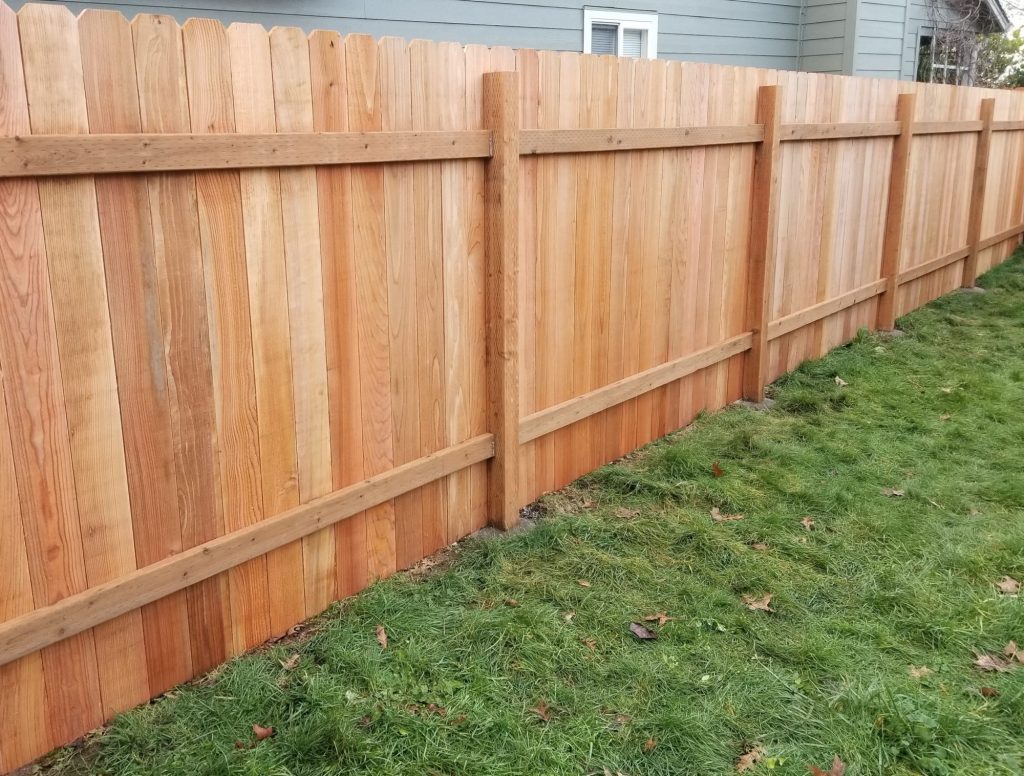

Fence Post Types
Different fence posts can be made from various materials. It’s important to know the different types. So, what are the different types? Let’s explore:
Corner Posts
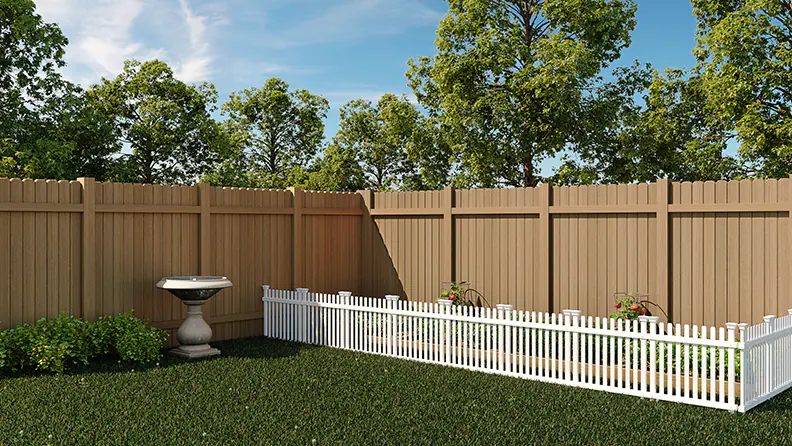

Corner posts are exactly what they might sound like. These are posts placed at the corners of fences where the fencing changes in horizontal directions. These will typically need to be the strongest — as they must weather physical strain in more than one direction.
Line Posts
Line posts are placed in line with the fence, as their name implies. These posts carry the weight of the fence along the middle and are typically placed along consistent intervals between 8 and 20 feet apart.
End Posts
These, as their name implies, mark the end of a fence. Should your fence come to a straight end rather than a corner, this type of post sits at the end. End posts, like corner posts, need to carry some solid strength with them but don’t take as much strain as corner posts might.
Fence Post Foundation
Positioning fence posts is an important — often critical — consideration. The installation process can vary based on your needs, the fence material, and other factors. Options include concrete, gravel, or directly into the ground. Here are some of the ways fence installations can be set:
- In concrete or cement: This can be an ideal solution for ensuring fence posts remain level and flush with the ground over time. However, some recommend against setting wooden posts in concrete or cement, citing concerns with moisture.
- In gravel: Gravel can be an ideal solution for effectively effective support while mitigating the impact of groundwater. Gravel enables water to quickly drain into the soil, which can be a benefit to the fence.
- In tamped ground: A third solution includes placing them directly in the ground. To do so, it’s often helpful to tamp down the soil or earth around them to compact it, enhancing its ability to keep the post level and flush over time.
Aesthetic Consideration


We’ve discussed some common fence post types, as well as some common materials from which they’re constructed, as well as how posts might be set. Finally, it’s important to discuss an additional consideration.
The aesthetic appeal of a fence can be important. This can impact property values, the enjoyment that you derive from your fence, and more.
Certain combinations of fencing materials and post materials, as well as their configuration, may appeal to different individuals. Consider which post materials you find the most aesthetically appealing.
Remember that materials can be combined. Wooden fences with painted metal posts can be quite appealing, as can wooden posts with chain link fences.
The Bottom Line
Fence posts are an important part of fencing. It is critical to understand the various types of posts, the materials they’re made from, and the ways they can be set. These can all be considerations that are critical in their own ways. Whether you’re looking for commercial or residential fencing, it is important to carefully consider what type may be most suitable for your needs.
If you’re looking for fencing solutions for your commercial or residential property, be sure to get in touch. At First Fence of Georgia, we’re committed to quality. To learn more or get started, don’t hesitate to contact us today.
